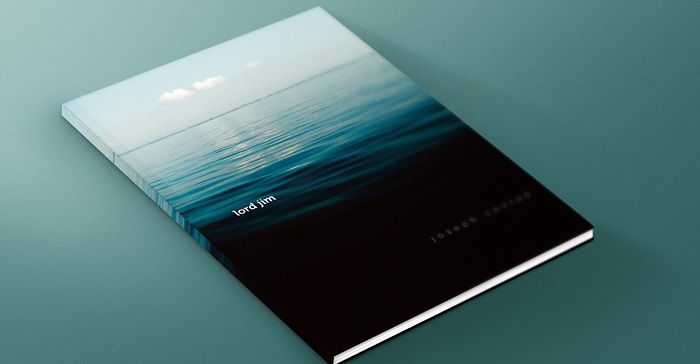STEP-BY-STEP GUIDE TO BOOK COVER DESIGN
The book is the same product, as well as any other object. We look at its cover and appearance, and then we determine whether it will be interesting for us to read it, whether it is pleasant to keep it in hand or to use it comfortably. In order to make the book interesting, we have to try bringing the design of the books to a beautiful and interesting performance. If you do not issue the cover properly, the printed matter will be a dead load to stand on shelves in bookstores, without attracting any buyers.
The book cover is one of the most considerable elements of the printed book’s production when it comes to the sale. Its appearance depends on the author’s idea and may be completely different. However, a special attention should be paid to this, especially the notable part. Very often the cover material is made of plain dense paper. If the more rigid material is used, this cover is called a binder. Some particularly expensive specimens (for example, gift editions) are put into a special cardboard case. This greatly increases the price of the binder, so it is rarely used and only with respect to some books. All information displayed on the cover items should help identify the book and with its content.

Here we will discover main tips on how to make the book cover unique and interesting for readers.
- Make a research of the market and discover the target group of readers. For example, feminine romances and biographical novels must have different covers: paper cover is more suitable for the first, hardcover – for another. In other words, some books can be read during the trip by subway, but libraries prefer hardcovers.
- Determine what the design should embody. Find out the main features of the book that makes it unique: interesting characters, style of writing, a place of the story or anything else. Then think about how you can reflect these objects on the cover.
- Be sure to place the name of the book and the author’s name. The cover and cover text should be in large print. It is possible to supplement the cover with other titles that can influence the reader’s choice. Note that you can place much more information on a paper cover than on a binder, lined with cloth, leather or other materials.
- Include pictorial elements in the composition on the cover, including the relevant ornament, emblem, symbols that are relevant to the subject matter of this publication and its content. Such inserts should be not only highly artistic, but also functional, bearing semantic load.
- Choose the right font that will be suitable for book’s design. For example, soft fonts are often used in feminine fiction.
- Use a cover image when designing that may cause the necessary associations, and not just talk directly about the content. This is especially important for popular science and propaganda publications. For the artistic edition, the selection of a picture on a blanket is essential, since it opens up the entire composition, presented in the edition itself.
- Do not try to make the design of the cover and the binding extremely bright and striking. For the potential reader who takes the book into his hands, the appropriate emotional mood is relevant. If the design of the cover is harmoniously and gently combined with the artistic features of the text and illustrations to it, such a book will want to read.
- Think about the design of the root of the book. When choosing a book on a shelf or in a stack of table, the reader sees the root. Place the name of the publication and the author’s name on it. For serial publications, please also indicate on the root the issue number and year of publication. It will be attractive to decorate it with ornament without cluttering it with superfluous small details. This is especially important for mass-media editions, united by common themes.
- Use the color decoration in the design. Make a cover in several colors that are interconnected. Dynamic design requires contrasting colors, for a more relaxed design suitable not too sharp combination.
- In the presence of technical ability you can choose the embossing covers printed with variable relief of the binder cover. Especially successful looks are stamped on bindings of fabric or durable quality paper. The gift edition, executed in two or three copies, can be made with a leather cover.
- Prepare the final version of the book cover as one flat file that has all the relevant objects of the cover to make it possible to print on the printer. Most printers prefer PDF files, but others accept .ai or .eps.
Very often, to sell a book, publishers use stereotypes and clichés: using classic art on covers for classical novels, pictures of a loving couple on the cover of a feminine novel. Clichés in book covers are used because of business strategy. Many readers decide what to buy right in the bookstore: so the cover should show what genre the book is and often – what gender is the main character. Say, if on the cover there is a man among fog – everyone considers that this is some kind of detective story.
Book covers are one of the most controversial areas of design. On the one hand, they are truly beautiful and original, on the other – boring and similar to each other. Sometimes the appearance can make a book a part of the collection and a self-sufficient artifact even without opening and reading it.



